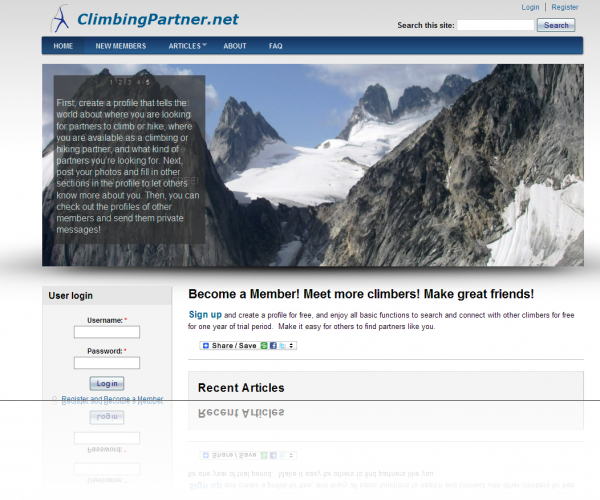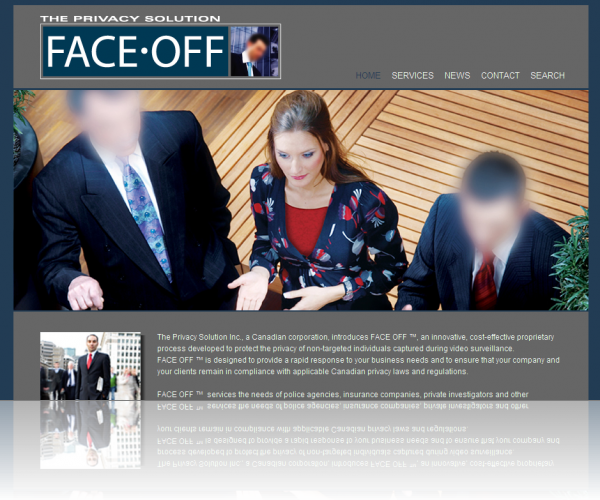Posted Tue, 22 Jun 2010, 10:07am by Shawn D. Sheridan
The following is from a guest author, Laura Dauphine, who is a talented copy writer and editor, and owner of Voices of Ink.
You know that writing a thank you note to Aunt Matilda for her reindeer sweater requires different language than tweeting about a new sick app. In the same vein, your professional website will have a much different voice than a corporate white paper, DM letter or even a brochure.
- Chat up your customer. Use contractions, colloquial wording, numbers or even un-modify some nouns to get a conversational voice. It’ll be read on a customer’s computer or smartphone, making the delivery very personal. Even if your brand voice is more formal, warm it up here to blend and not feel out of touch. If you can / if your audience requires it, create a mirror site translated in their language.
- Succinct = good. Fonts are smaller and real estate is limited. This is not the place to dump all the copy you didn’t get into your brochure. Like in a good press release, get the important info or at least the hook that’ll keep visitors reading above the fold, before a visitor has to scroll. Check your copy on different browsers — from Internet Explorer for your PC users through Firefox, Safari and Opera. If you must list more copy, embed a PDF for details or if your business allows, leave behind the brochure following a face-to-face conversation.
- Call me. Make sure you either have a contact tab/page or permanently frame in your contact information, as your website allows. Decide who is going to answer the eMails/calls and how long you’ll take for each reply. Make a commitment to your customers for that time and stick to it.
- Turn up the volume. Make sure your site has the appropriate tags to own them for SEO (search engine optimization), and has an active Facebook page or Twitter presence, as is appropriate to your business. A baker in Toronto lets their Facebook followers know when a gluten free cookie is being baked fresh, so they can stop by on the way home. A financial advisor tweets about the most current economic indicators and lets her customers know how this would affect their type of portfolio.
- Holistic customer service. If you sell energy star windows, anticipate what your customers need and have links or actual PDFs of energy rebates available to your customers in their area. This demonstrates how much you get your customers’ needs and ups your value add.
- Keep it fresh. Have a status line, import content from a popular and complimentary site, invite industry experts to post articles/tips, have a news/media area with press release type feeds, hire someone to tweet for you, monitor any boards or customer comments you invite — keep it fresh to invite repeat visits and to represent that you and your brand are equally fresh.
- Show them the value. If you sell food, aerospace engine parts or cut hair, show the newest substrate trends in the industry, have a series of behind the scenes videos, offer a recipe book for your establishment, or allow them to “try” different hairstyles digitally. Show your people working, invite the customer to tour in person and online anything to demonstrate your expertise and value that’s worthy of their trust. This also allows you to establish your USP — unique selling proposition — what sets your product or service apart from your competition.
- Invite feedback. Invite comments on articles, discussions on boards, list a method/an address where customers can ask questions and provide feedback. Again, make sure you have a template to reply or acknowledge in a timely manner or assign someone to handle this incoming valuable information. Offer incentives to provide feedback on any new product/service/look & feel or give spontaneous token rewards to those who give feedback for customer goodwill.
- It’s not you, it’s about them. Remember to phrase your copy in terms of what the customer benefit is. It’s not about your over 25 years in the industry, it’s about how the customer gets more selection than anyone else in town — from your established industry presence and buying power.
- Detail rich descriptions. While your copy should be succinct, if you’re selling online make sure you’ve got enough detail for your customer to feel comfortable purchasing or knowing which is right for them. Since it’s a less sensory-driven purchase, photos, video clips and copy all have to work in tandem to allay as many questions about the brand/sale to make a dissonance-proof purchase.
- Shawn D. Sheridan's blog
- Login to post comments
-










